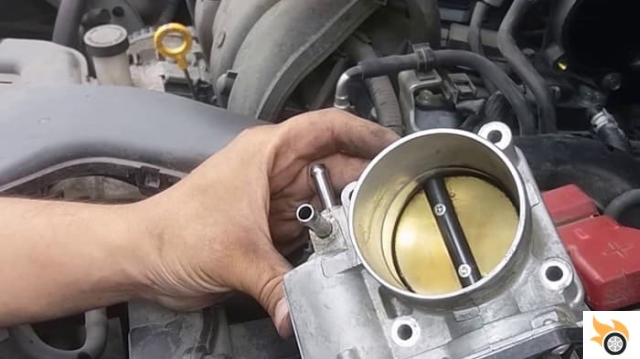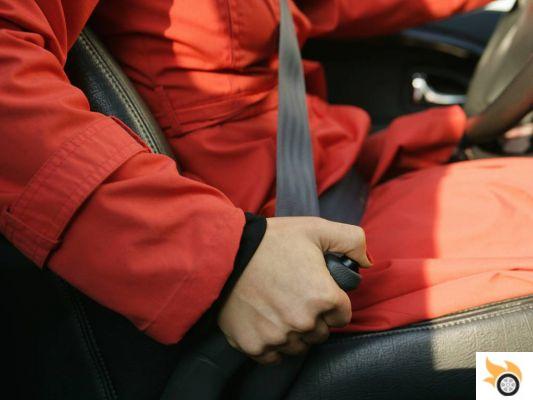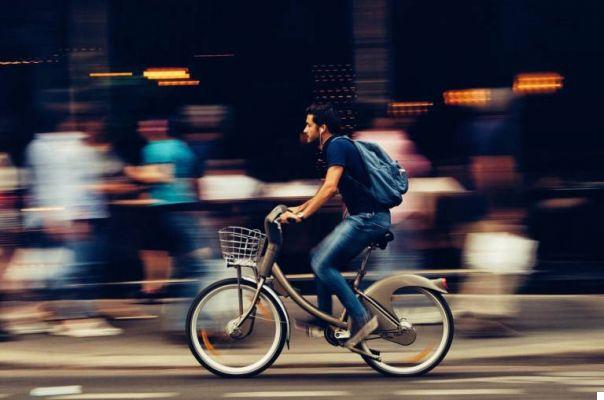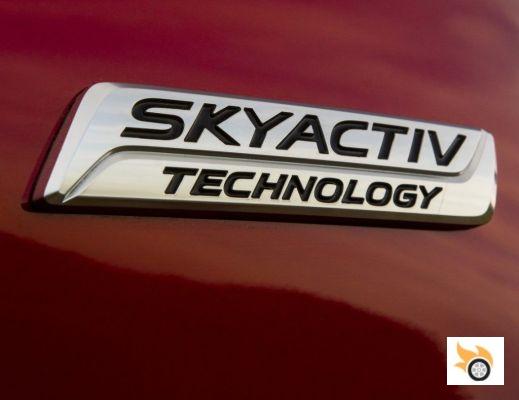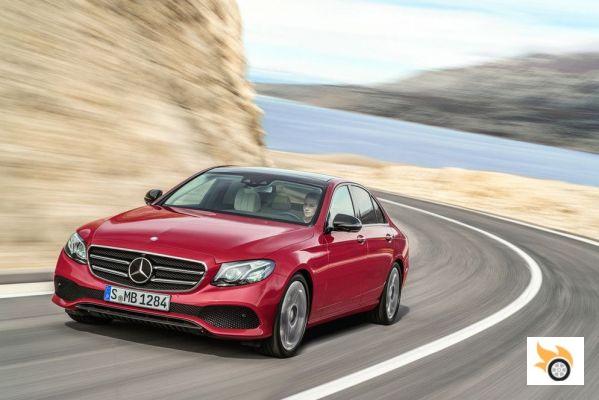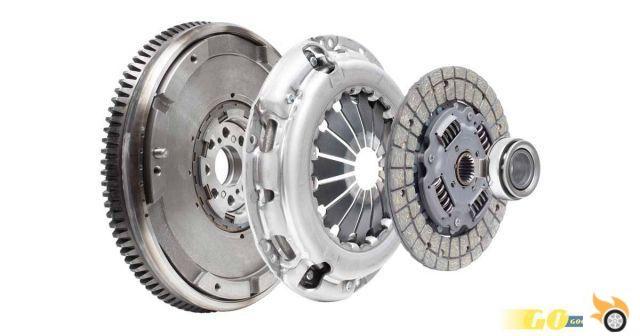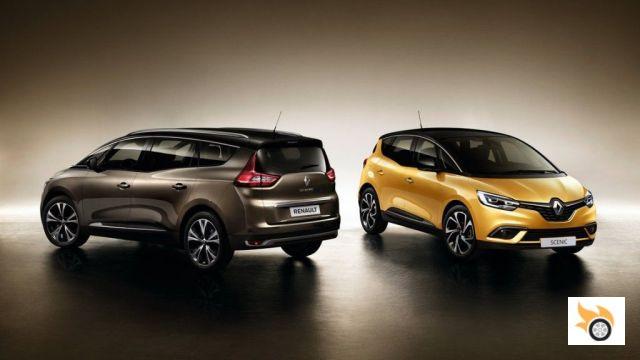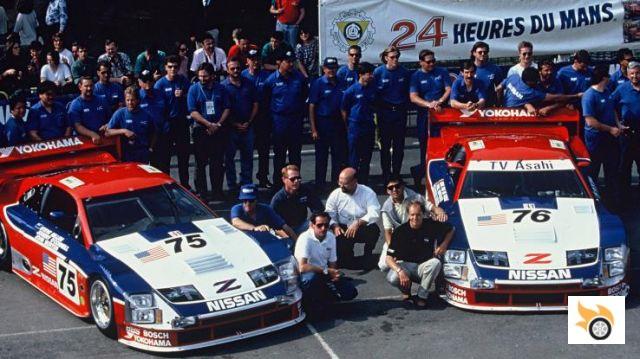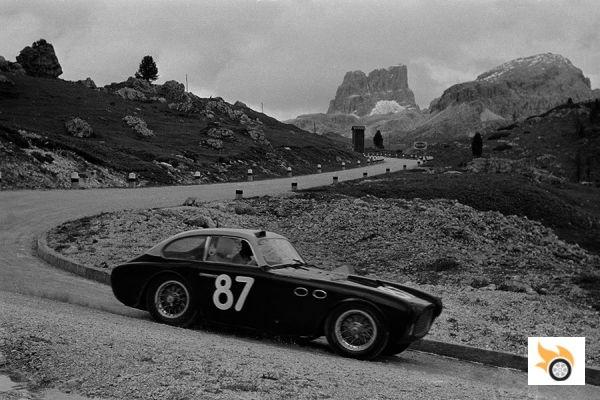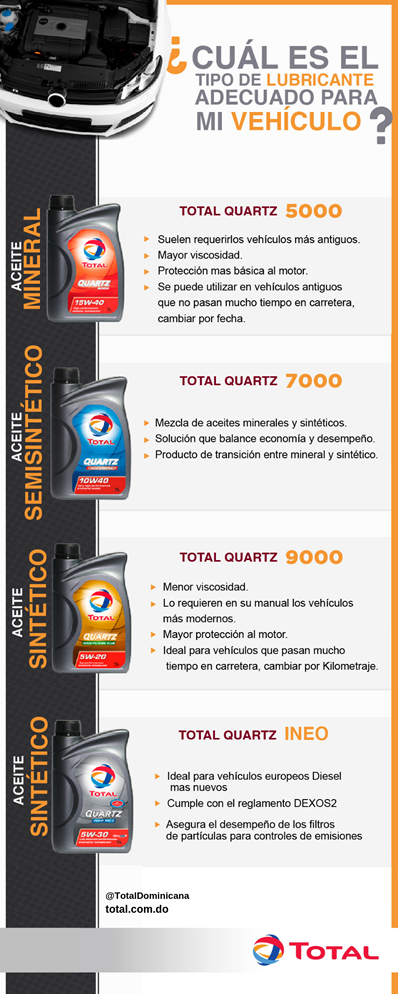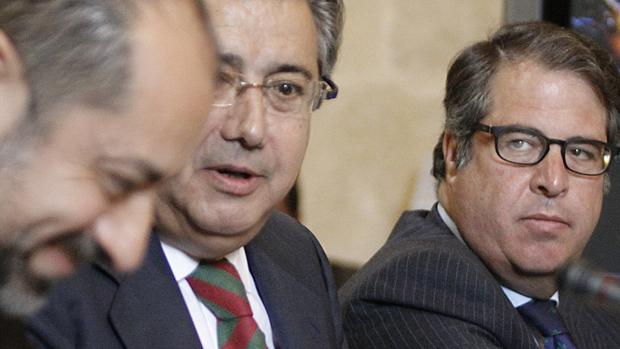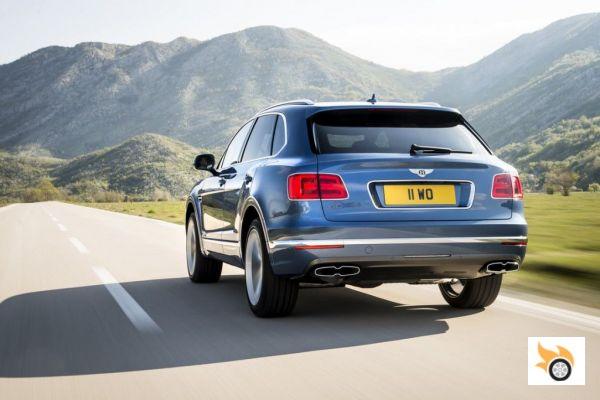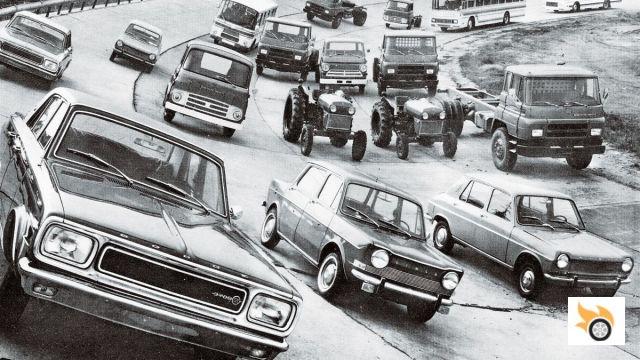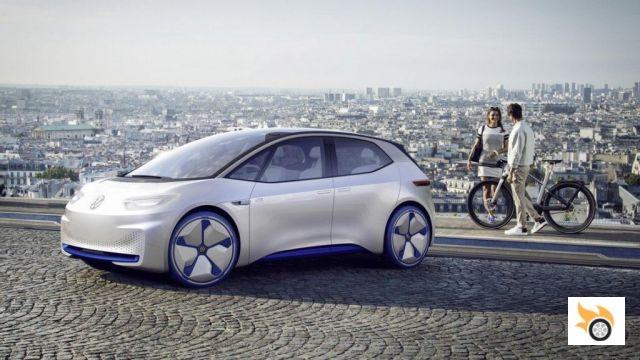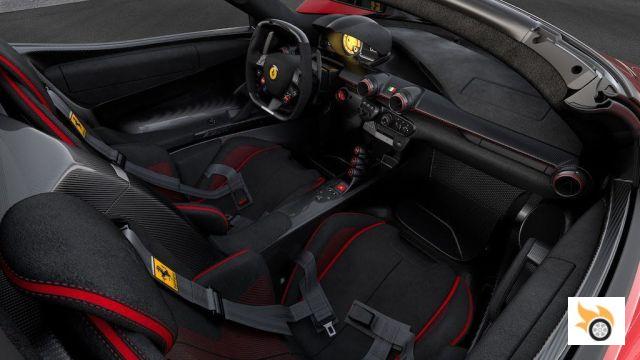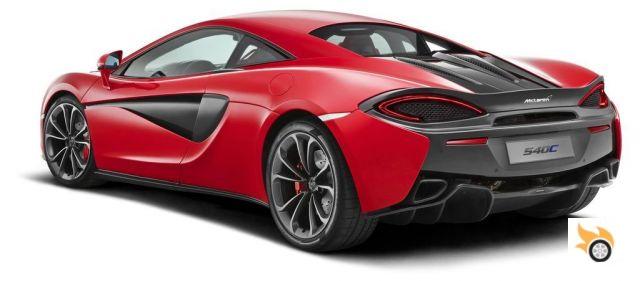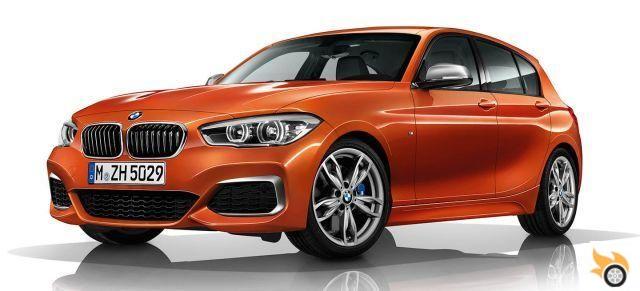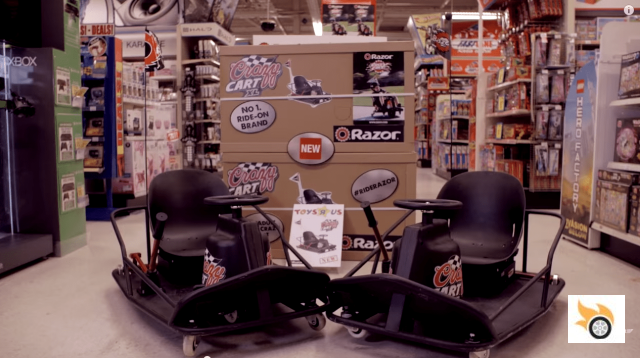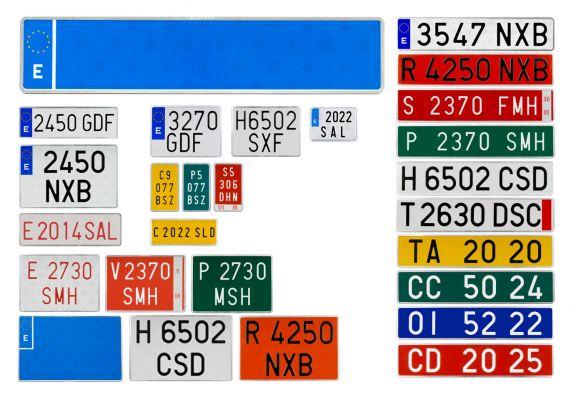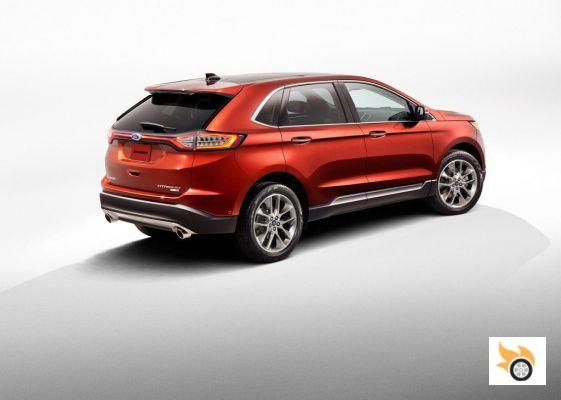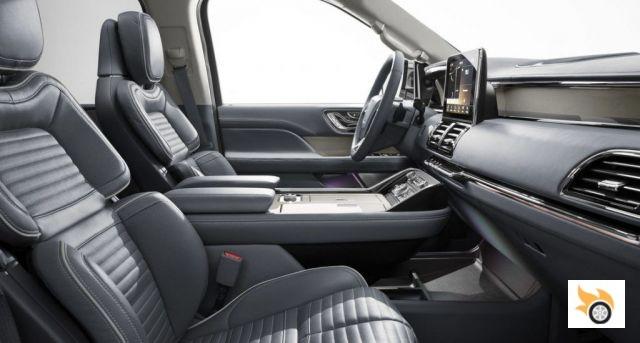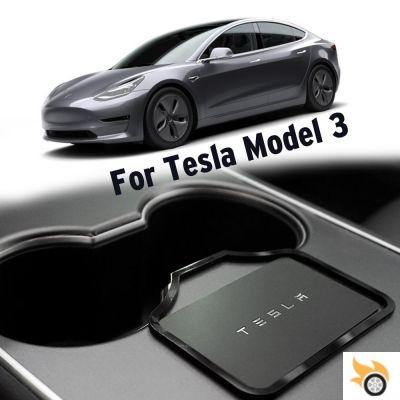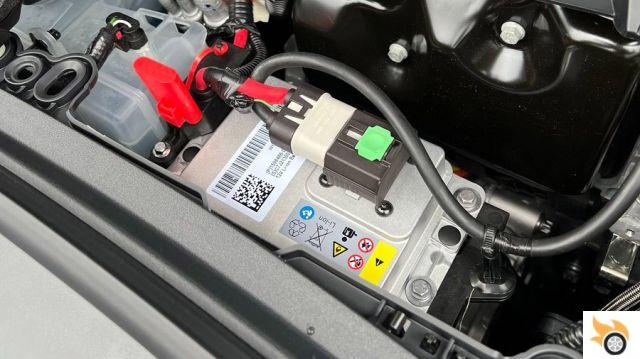
Last summer, Model 3 reservation holders began receiving emails from Tesla that they can receive their cars much sooner if they opt for the version with an LFP (lithium ferrophosphate) battery instead of those with traditional NCA units (Nickel-Cobalt-Aluminum Oxide) from the Fremont plant. Tesla makes the Model 3 with LFP batteries at its Shanghai factory in China, and because iron is cheaper and more plentiful than what's in NCA packs, it can produce them much faster. Those in North America opting for early delivery began receiving their new Tesla cars in January, but the quirks of the LFP battery systems started to show themselves shortly thereafter. Elon Musk is on record defending the switch to LFP batteries for his regular-range EVs with the following argument:
The main differences to consider are that the LFP battery has a slightly shorter range, 253 miles, than the NCA battery, 263 miles. But this slight difference in range is deceptive. The NCA battery probably shouldn't be 100% charged. Fully charging the battery will cause damage to the battery that can deteriorate over the years of ownership. It's perfectly fine to charge the LFP battery to 100%, so the driving experience is much the same except for a couple of caveats.
One such caveat appears to be drivers being left stranded by LFP battery calibration issues resulting in incorrect range estimation and dead 12V batteries. Tesla just moved to 12V Li-ion batteries for the car's power windows or infotainment system from the old lead-acid batteries, but even the new packs dropped the ghost 20 minutes after the LFP main battery showed less than a 10% charge remaining, as exemplified by an owner's comment.
This exact problem happened to my brand new model 3 a few weeks ago. The first day I got the car I had to drive 150 miles. The mileage read 250 when I picked up the car from Tesla. The battery started dropping precipitously, on my way home I started redirecting to a super charger. I still had 20 miles on the battery and 10 miles to go to get to the charger. I turned off all the heat and have been driving 50 mph since about 10 minutes earlier. The car died a mile away from the supercharger in the middle of the road while the screen said 5 miles of battery left. Left us stranded at 12am in the middle of the road. The cops called a tow truck, towed us to the supercharger, but the car was completely dead by that point and couldn't even be loaded. I had to leave the car on supercharger over night with the window open until I could be towed by Tesla the next morning. After a few days Tesla told me my car is fine and nothing is wrong, after I asked to talk to the tech or they refused to pick up, they finally let him talk to me a couple of days later . He said the battery was not calibrated as mentioned in this article, I'm glad this is getting the attention it deserves.
What Tesla now offers is for owners of its cars with LFP batteries to charge them to 100% at least once a week and advises that even setting the charge limit to 100% at all times won't hurt the LFP pack in the long run. Here is the message these owners recently received:
The charge limit in your vehicle has automatically been adjusted to 100%. Your vehicle's range display is being calibrated. Until calibrated, the range displayed is under or over estimated in relation to the distance travelled. To improve accuracy, load to 100%. It is recommended for this vehicle configuration to keep the charge limit set to 100%, even for daily use, and to fully charge to 100% at least once a week.
Volocopter aims to help avoid traffic in a sustainable way, with three different electric vehicles so far, including two for passengers: the VoloCity and the VoloConnect. The VoloCity can travel up to ~22 miles (35 km) at a cruising speed of 56 mph (90 km/h). The VoloConnect, designed for longer trips, can travel up to ~62 miles (100 km) between charges with the ability to cruise at 112 mph (180 kph). The third vehicle is a cargo drone, the VoloDrone which can travel up to ~25 miles (40 km)
The company claims to be the first vertical take-off and landing power company to receive approval from the European Union's Aviation Safety Agency. So far, the company has carried out around 1.000 public and private flight tests
Volocopter said it hopes to have commercial flights flown to Paris in time for the 2024 Olympic Games. The company also plans to launch its service to Singapore in 2024, starting with a Marina Bay tourist route. The company hopes to expand to 6 VoloPorts across Singapore by the end of the decade.
While the first flights will be piloted, Volocopter has explored autonomous vehicles in the past. For example, in 2017, the company performed its first test of autonomous flying cars in Dubai. The company said autonomous flights are a long-term goal as it thinks "public acceptance will be easier with manned flight." ".




